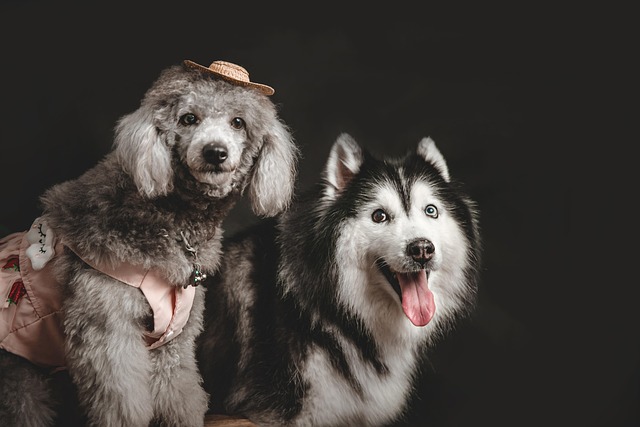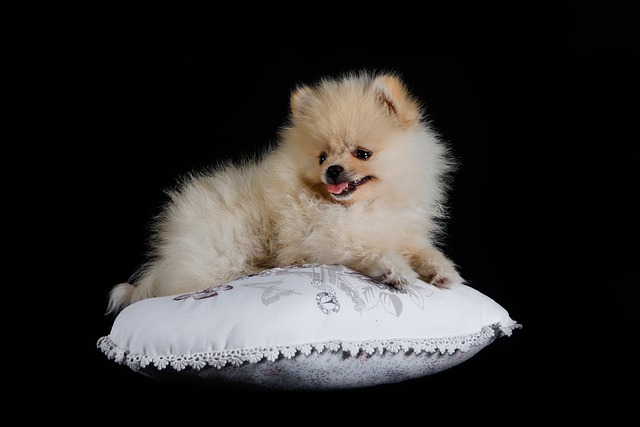
What is the best type of training for a dog?
There’s no one-size-fits-all answer to what makes the best dog training, but most experts agree that methods built on positive reinforcement tend to yield the most lasting results.
Ever wondered how some dog owners manage to have their furry friends respond instantly to commands? Chances are, a dog training collar played a part. But it’s not just about getting your dog to sit or stay. These collars are versatile tools that can transform your relationship with your pet, provided they’re used responsibly and within legal boundaries.
Think about that moment when your dog spots a squirrel during a walk and takes off, ignoring every call. A training collar with a gentle vibration or audible beep can act as a subtle reminder, redirecting their attention back to you. It’s like having a secret communication channel that gets through to your dog without resorting to shouting or tugging on the leash. This instant feedback helps reinforce good behavior in real - time, whether it’s teaching recall or discouraging jumping on guests.
For dogs with a tendency to wander off in large open spaces, a GPS - enabled training collar offers peace of mind. You can track their exact location on your phone, ensuring you never have to experience the panic of a lost pet. It’s a game - changer for outdoor enthusiasts who love exploring trails or beaches with their canine companions.
 However, it’s crucial to understand local regulations. Many areas have strict rules about the use of shock collars, especially those with high - intensity settings. In some places, these are outright banned due to concerns about animal welfare. Always check local laws before purchasing and using a training collar, and opt for models that prioritize humane training methods.
However, it’s crucial to understand local regulations. Many areas have strict rules about the use of shock collars, especially those with high - intensity settings. In some places, these are outright banned due to concerns about animal welfare. Always check local laws before purchasing and using a training collar, and opt for models that prioritize humane training methods.
Training collars also come in handy for noise control. If your dog barks excessively, a collar with a sound - activated feature can emit a gentle correction when the barking reaches a certain level. This helps maintain harmony in your neighborhood, keeping both your neighbors and your dog happy.
The key to using a dog training collar effectively is consistency and patience. It’s not a magic solution but rather a tool to enhance your training efforts. Start with the lowest setting possible and gradually increase if needed, always rewarding your dog when they respond correctly. Remember, positive reinforcement, like treats and praise, should always accompany collar training.
In the end, a dog training collar is more than just an accessory; it’s a bridge that helps you communicate with your dog in a way they understand. When used properly, it can lead to a well - behaved, confident pet and a stronger bond between you and your four - legged friend. So, if you’ve been struggling with training, consider adding a training collar to your toolkit, but always do your research and use it in a way that respects both your dog and local regulations.

There’s no one-size-fits-all answer to what makes the best dog training, but most experts agree that methods built on positive reinforcement tend to yield the most lasting results.

Welcoming an 8-week-old puppy into your home is a joy filled with wiggly tails and endless curiosity. One of the first steps in building a strong bond is teaching them their name.

If you’ve ever sat up at night, listening to your gray-muzzled dog pace back and forth, stopping to whine or stare at a wall, you know the worry that comes with a restless senior pup.

Training a service dog starts long before they’re ready to assist with specific tasks—their journey begins with building a foundation of trust, focus, and adaptability, and the timing of this training matters more than you might think.

Watching a tiny puppy fumble through their first attempts to sit can feel like watching a little acrobat mastering a new trick.

If you’ve ever found your flower bed dug up or your favorite shrub chewed to bits, you’ve probably searched for easy ways to keep neighborhood dogs (or even your own) out of your yard.